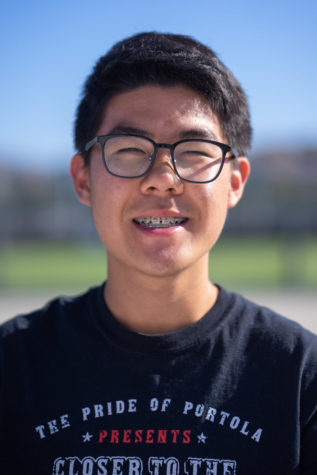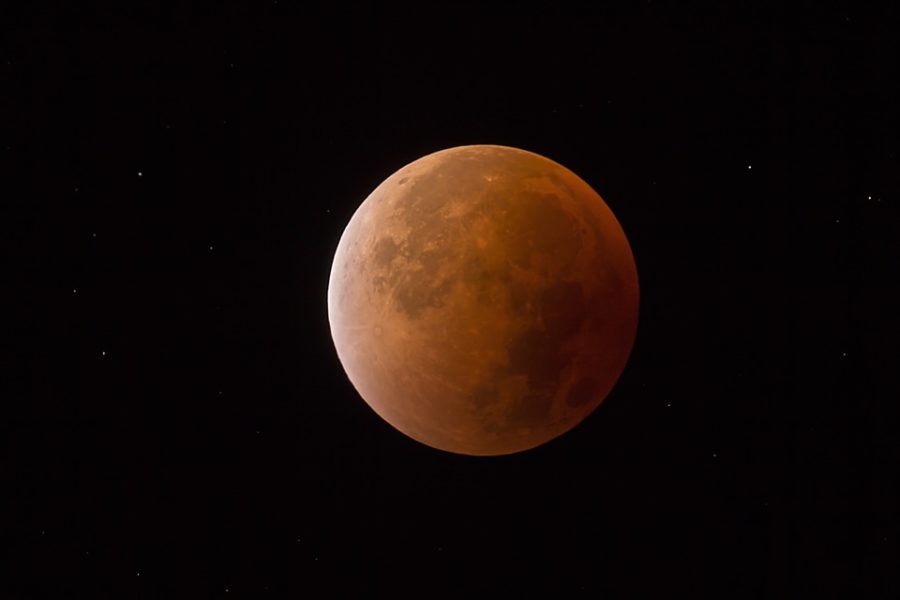Rare Super Blue Blood Moon Appears after 35 Years
In addition to the red tint of the moon caused by the lunar eclipse, the elliptical orbit of the supermoon allows it to appear 14 percent larger and up to 30 percent brighter.
A rare phenomenon known as the super blue blood moon, a combination of a supermoon, blue moon and lunar eclipse, appeared across the United States on the morning of Jan. 31.
According to Fox News, the visible lunar eclipse occurred from 2:51 a.m. until 6:07 a.m for people in Southern California.
“The last time we had a super-blood-blue moon was in December of 1982,” NASA research scientist Dr. Noah Petro said. “While any one of these events occurs with some regularity, having each of the three happening around the same day is unusual. Before 1982 this hadn’t happened since 1844!”
Supermoons occur when a full or new moon coincides with the closest distance between the Earth and Moon during its elliptical orbit, causing the moon to appear larger and brighter than normal.
“The super blue moon will pass through Earth’s shadow to give viewers in the right location a total lunar eclipse. While the Moon is in the Earth’s shadow it will take on a reddish tint, known as a ‘blood moon,’” according to the NASA website.
During lunar eclipses, the distinctive red tone of the moon is due to a phenomenon known as Rayleigh scattering, which blocks all colors except those with longer wavelengths, like red and orange, to reach the surface of the moon. This results in the reddish hue because when the sunlight hits the Earth, the colors with shorter wavelengths like blue and violet are filtered out, causing those colors to not reach the moon, according to timeanddate.com.
“I think that it [the moon] is important because it reminds people that science is everywhere and happening all around us and gives people a sense of wonder in terms of things that occur naturally around us,” chemistry teacher Brittney Kang said.
In addition to a total lunar eclipse and supermoon, the moon on Jan. 31 was also classified as a blue moon, meaning that it was the second full moon of the month. Although all three astronomical events can be seen around the year, it is unlikely for all three to fall on one night, making the super blue blood moon almost a once-in-a-lifetime occurrence.
“I encourage people to look at the Moon any time the Moon is out, but when the Moon’s appearance changes, it makes it special,” Petro said. “I hope that by looking at the Moon, people get interested in learning more about the Moon.”
Your donation will support the student journalists of Portola High School. Your contribution will allow us to purchase equipment and cover our annual website hosting costs.

Annie Qiao is your 2019-20 Arts & Entertainment Editor for her fourth year at the Pilot! As a passionate admirer of the arts, she hopes to bring a...

Junhee Ryu is one of your business managers for the 2019-2020 cycle. Going into his final year with the Pilot, he is excited to make a lot of money so...




